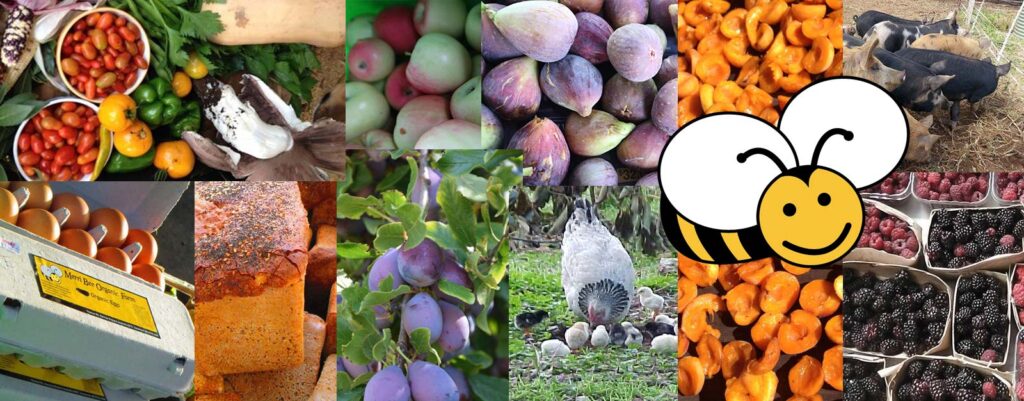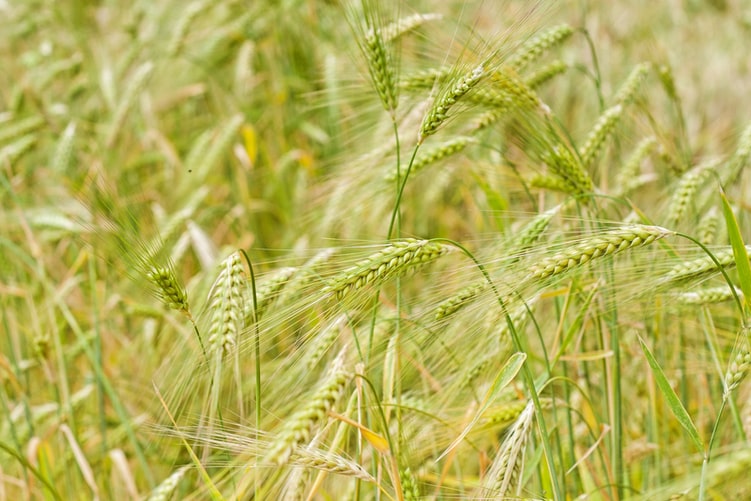Does Regen Farming Really Work?

Does Regenerative Farming Really Work?
This is one of the most common questions we are asked. Like most farmers, you’ve heard the results achieved with regenerative farming and they sound good.
Livelier soils, fewer inputs, better water retention, stronger plants, healthier animals, carbon storage, profits up, stress down…
But the question you’re really asking is:
“Will it actually work — for me, on my farm, with my challenges?”
It’s a good question because if you’re like most farmers, you’ve spent years — maybe decades — doing what you were told would work. And lately, things have changed, and the cracks are starting to show.
Rising costs. Lifeless soils. Less water retention. Sick animals. And a gut feeling that something’s not right.
So let’s look at regenerative farming and whether it will work to fix these problems.
Yes, it works — but not overnight
Regenerative farming isn’t a product. It’s not a quick fix. It’s a mind shift in how you see your soil, your animals, and your role as a farmer and your future.
But here’s what we’ve seen again and again:
A dairy farmer who cut chemical inputs by 60% and saw herd health improve.
A grain grower who doubled his organic matter and now plants earlier, with better germination.
A cattle producer who healed bare paddocks with nothing but managed grazing and rest.
This isn’t theory. This is happening now — in every climate, on every type of land — by farmers who started small, got curious, and stayed consistent.
It works with nature, not against it
Regenerative farming works because it follows natural processes:
Feed the biology in your soil, and it feeds your plants.
Keep your soil covered, and protect your soil life.
Add diversity, and pests and disease lose their grip.
Instead of constantly fighting nature, you work with it — and that’s where the real magic happens.
It’s not just about soil. It’s about staying in farming
Let’s face it: margins are tight.
Many farmers are stuck in a cycle of spending more to grow the same — or less.
Regenerative farmers often spend less, rely less on outside inputs, and build more resilience and profitability into their farms.
Farmers say, “We look after our soils, and the soil in return, looks after us.”
So… does regenerative farming really work?
Yes — if you’re willing to be patient, observant, and open.
It’s not an overnight miracle. But over time, it builds something no input ever could:
Living soil. Resilient land. A future for your farm.
If you’d like real-world proof, we’ve got hundreds of on-farm stories, expert videos, and practical tools to show you what’s working — and how to start.
Want to see for yourself?







Responses